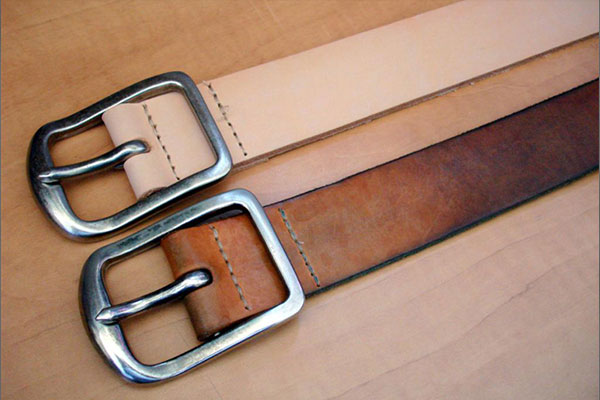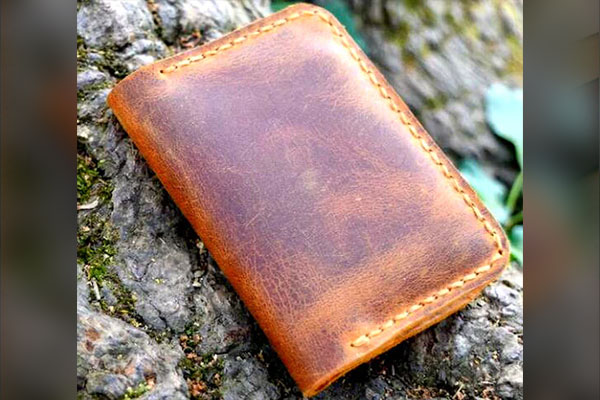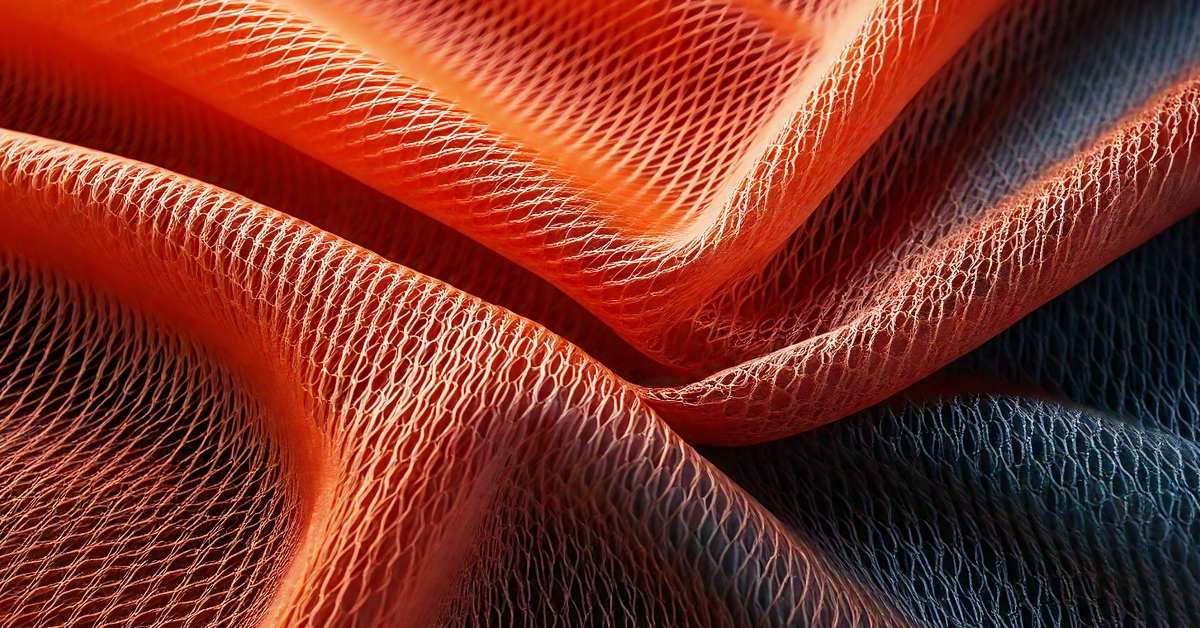A word that is overused in the world of leather, almost to the point of becoming redundant, and is actually misconstrued and misrepresented, patina is an organic and natural layer that forms on quality wood, leather, metal, and stone, canvas, etc. You will never find patina development on cheap and poor-quality leather or relevant materials. Instead of getting caught in a circle of mysteries, let’s dissect the true nature of patina and establish what it actually is.
What To Expect In This Article?
What is Patina Leather?

Patina can be described as an antique effect and a transparent sheen that appears on materials and fabrics over time with use and exposure. We have previously discussed how there are five grades of leather; patina simply helps glorify the authenticity of full grain leather because it doesn’t appear on cheaper types of leather, like genuine or bonded leather.
To explain this phenomenon in detail, you will find that patina develops on most of the real leather products you possess. For example, the leather cover of your journal or the wallet that you carry, or even the gloves and boots that you wear.
Patina isn’t formed overnight, it takes its time and gradually develops. Hence, patina is when leather oxidizes and succumbs to oil, dirt, pollution, sunlight, skin contact, and other exposures. Make no mistake, this is a natural sheen that cannot be replicated or done through artificial procedures.
How Does Patina Develop?

Leather has a lot of character; even when you touch it with your bare hands to put your card in the wallet, it will contribute to the character and appearance of the leather. It easily soaks up the environment; every friction, touch, and abrasion adds to the development of the patina. Leather, like a win, ages really well; displaying the scars and scrapes proudly. There are various factors that catalyze the process of patina development, some of them are mentioned below:
- Oil
- Dust Particles
- Humidity and air moisture
- Dyes in clothes
- Friction and abrasions
Does Patina Affect the Quality of Leather?
First of all, patina only develops on full grain leather which is the best quality of leather out there. Secondly, the development of the patina is actually an added advantage because it adds to the character of the leather. The light sheen or patina that develops on leather darkens its original shade and softens it as well.
In addition to this, the patina that develops on leather elevates the durability and strength of the leather. Hence, you want leather with enhanced beauty as well as wearability and endurance. These are some of the traits that are highly admired by leather enthusiasts and manufacturers.
Which Leather Type Develops the Best Patina?
It has been our observation that vegetable tanned leather that has never been in contact with dyes or any kind of pigment develops or forms the best patina with time. You have to look at leather as a sponge, it absorbs everything it comes in contact with; in fact, it’s most easily susceptible to various types of oils and sunlight.
After vegetable tanned leather, it is full-grain leather that develops the best patina over time because they’re the least touched or processed. Not only is full-grain leather patina the highest grade of leather, but it is also extremely durable and has minimum to no pigmentation.
How to Accelerate the Process of Patina Development?
One way to look at it is to consider leather a living breed that can breathe and grow. When you will see leather in that light you will realize that patina development is essentially like the process of aging. It takes its own time and every leather takes its own time. The more one person has lived, their face and body grow to show their signs in the form of wrinkles and laugh lines. Similarly, the more you will use leather, the more it will age and show the signs of patina. This is the best and only way to develop a patina that is organic and natural.
How to Slow Down the Process of Patina?
Patina, as we said earlier, is an extremely normal phenomenon. You can’t stop it, and you shouldn’t because it elevates the appearance of leather. However, if you want to maintain the original state of your leather product, the best thing you can do is work on slowing down the process of patina. And how can you do that? You can regularly clean and condition the leather. This may not entirely stop the leather from developing patina, but it will surely slow down the process.
Is Patina Good?
Patina is actually a sign of great quality leather. Not only does it change and elevate the look and appearance of leather, but it also forms a protective layer on top of the leather. The transparent sheen adds to the overall glamor and sophistication of the leather. Hence, all leather bags, leather jackets, leather covers, etc with patina are highly rated and deemed as the best and most real versions of leather.
Is Patina Natural?
Patina is as natural a phenomenon as aging. It can be slowed down or accelerated but it can’t be stopped. Patina forms naturally on top of the leather after exposure and use.
FAQs
Patina is a natural process that makes the leather look even more gorgeous and sophisticated than before. It can patina in a week, a month or even in years. Thus, if you are wondering how to patina leather it is this: track the process by looking at the leather patina before and after images.
The patina on leather is essentially the accumulation of all the life it has had. Hence, you will find the blend of scars, blemishes, exposure, and abrasions, all come together. However, the end result is absolutely stunning and can be seen as a light sheen that has a marble-like finish or texture.
The color of the patina varies in different leathers; for example, it can transform into deep blues and greens the same way it can turn into a sandstone yellow, red, or even white. The change of color is simply the reaction of the mixing of metals and chemicals.
Although it’s best to avoid using chemicals and other processes to remove patina; considering how appreciated patina itself is. However, certain stains can instantly be removed using baby wipes.
Whenever there is an issue with the bye, leather turns into a shade of green. Usually, this case is observed in black dyes, either the grade of leather is poor or the dye that has been used in the process or manufacturing is poor. Thus, if a poorly dyed leather or a black patina leather gets exposed to sunlight and oils, it will turn a shade of green over time.
Conclusion
Patina is great, it’s life looking at you, and it’s absolutely stunning. Leather manufacturers and enthusiasts all over the world appreciate the development of this light, almost transparent, sheen on leather because not only does it increase its beauty, it also makes the leather more durable and resistant to abrasions.





Yes that is true patina only develops on full grain leather which is the best quality of leather out there